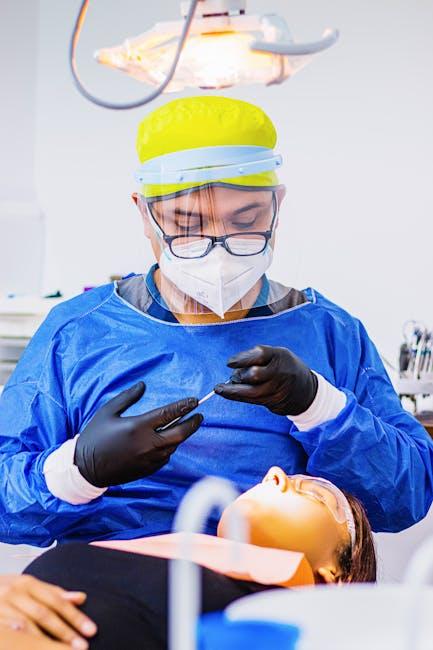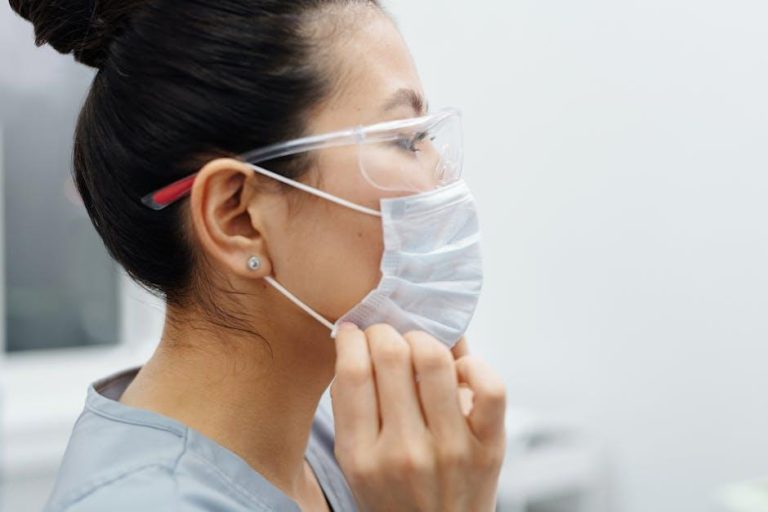
The COVID-19 Pandemic and Dentistry: The Clinical Consequences – Part 1
The COVID-19 pandemic has profoundly impacted healthcare systems worldwide, and dentistry stands out as one of the fields significantly transformed during this crisis. This article explores the clinical consequences of the COVID-19 pandemic on dental practice, examining the challenges faced, innovations introduced, and best practices established to ensure patient and practitioner safety. Join us as we dive into the clinical realities of dentistry through the lens of the pandemic in this first part of our series.
Understanding the Clinical Impact of COVID-19 on Dentistry
Dentistry is a high-risk environment for viral transmission due to the close contact between dental practitioners and patients, alongside the use of aerosol-generating procedures. The clinical consequences of the pandemic have reshaped protocols, treatment priorities, and patient management.
Key Challenges for Dental Professionals
- Aerosol Transmission Risks: Common dental procedures generate aerosols, posing an increased risk of airborne SARS-CoV-2 transmission.
- Enhanced Infection Control Measures: Increased protocols for sterilization, personal protective equipment (PPE), and patient screening disrupted standard workflows.
- Reduced Patient Volume: Delays and cancellations of routine and elective dental care led to restricted service delivery.
- Psychological Stress: Anxiety among dental teams about contracting or spreading the virus affected overall clinical morale.
Infection Control Improvements in Dental Clinics
To address the increased risk of COVID-19 transmission in dental care settings, a series of enhanced infection control strategies were implemented worldwide.
Critical Infection Control Protocols Adopted
- Pre-Appointment Patient Screening: Rigorous screening questionnaires and temperature checks to identify potential COVID-19 cases.
- Use of Full PPE: N95 or equivalent masks, face shields, gowns, gloves, and hair covers became standard during aerosol-generating procedures.
- High-Efficiency Air Filtration: Implementation of HEPA filters and increased ventilation to reduce airborne viral load.
- Minimized Aerosol Use: Adoption of alternative treatment methods, such as using hand instruments or rubber dams.
- Rigorous Surface Disinfection: Frequent cleaning of clinical and waiting room environments with viral-effective disinfectants.
Changes to Dental Treatment Protocols
The pandemic prompted a critical reassessment of dental treatment priorities to minimize risk while preserving oral health.
Shift Toward Emergency and Urgent Care
Many dental offices initially postponed elective procedures, focusing clinical efforts on emergencies such as severe pain, infections, or trauma-related care.
Tele-dentistry Emergence
Remote consultations became popular as a front-line tool for triaging patients, offering guidance, and reducing unnecessary office visits.
Adoption of Minimally Invasive Techniques
Techniques aimed at limiting aerosol production gained popularity including silver diamine fluoride application, atraumatic restorative treatment (ART), and selective caries removal.
| Adapted Clinical Practice | Purpose | Benefit |
|---|---|---|
| Rubber Dam Application | Isolate treatment area to minimize aerosol dissemination | Reduces airborne viral particles by up to 70% |
| Pre-Procedural Mouth Rinse | Lower oral microbial load | Potential reduction of viral load, safer procedures |
| Air Purification Systems | Remove viral aerosols from air | Improves air quality and lowers infection risk |
| Shortened Appointments | Limit patient exposure time | Improves safety, enhances clinic throughput |
New Clinical Guidelines and Professional Recommendations
National and international dental organizations rapidly issued clinical practice guidelines during the pandemic to aid practitioners in managing safe oral healthcare delivery.
- American Dental Association (ADA): Published interim guidance emphasizing emergency care and precautions for aerosol-generating procedures.
- World Health Organization (WHO): Highlighted the importance of infection control training and use of PPE in dental facilities.
- UK’s National Health Service (NHS): Recommended risk assessment protocols and reorganization of dental services to ensure continued care.
Benefits and Practical Tips for Dental Clinicians
Despite challenges, the clinical adaptations during COVID-19 have equipped dentistry with improved infection control and patient management skills with lasting benefits.
- Improved Patient Confidence: Enhanced safety protocols reassure patients, increasing their willingness to undergo care.
- Streamlined Scheduling: Focused appointment management optimizes clinical flow and reduces waiting times.
- Cross-Disciplinary Collaboration: Dental teams now coordinate better with infectious disease specialists and public health authorities.
- Ongoing Staff Training: Frequent updates in infection control keep the dental workforce prepared for future health crises.
Conclusion
The clinical consequences of the COVID-19 pandemic have catalyzed significant change in dentistry. From infection control enhancements to innovative treatment approaches, the dental profession continues to adapt in ways that prioritize safety while maintaining high-quality oral care. While challenges persist, these clinical lessons position dentistry to thrive in the new healthcare landscape. Stay tuned for Part 2, where we will explore the legal consequences of the pandemic on dental practice.


